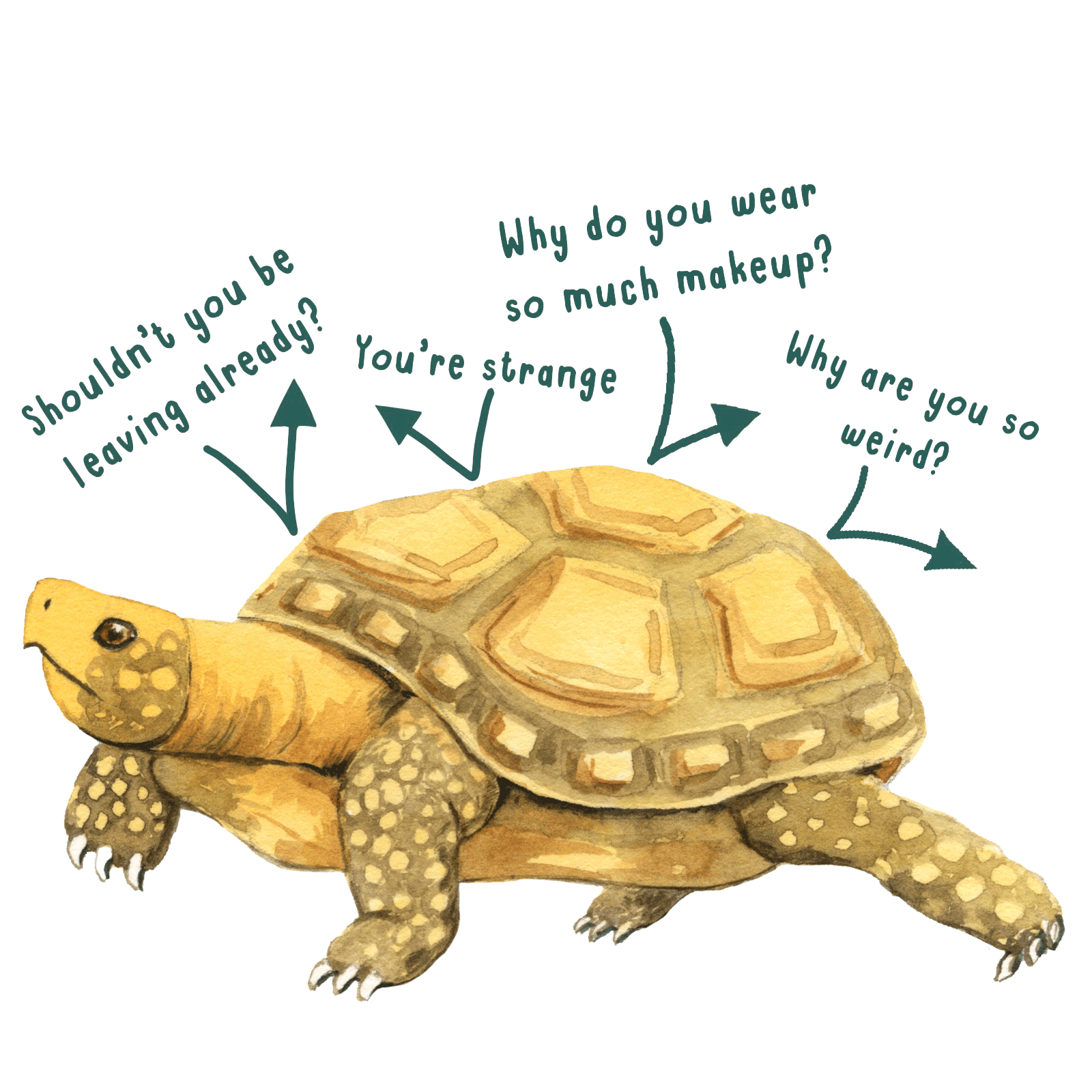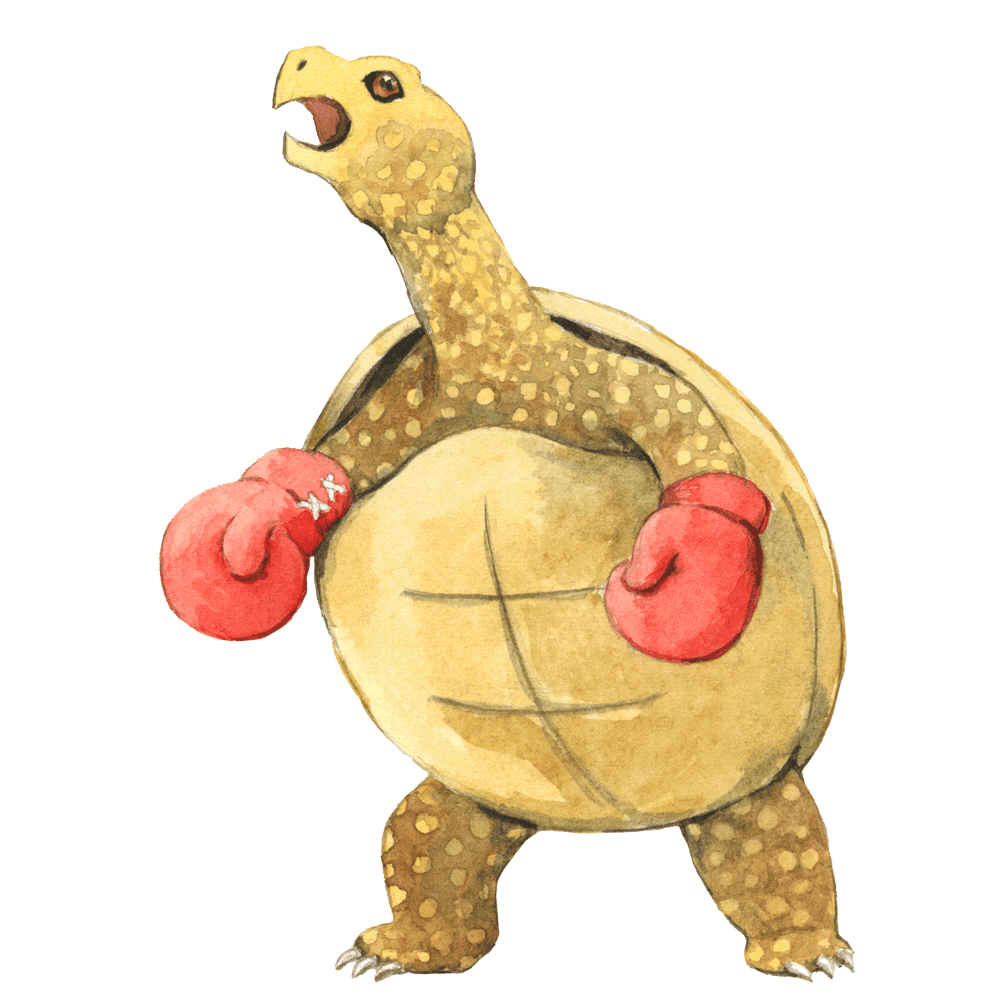
Trying to love a Porcupine
|
Getting your Trinity Audio player ready...
|
All the children in my residential group home have experienced some sort of trauma. Whether that be sexual abuse, physical abuse, neglect, substance abuse, community violence, domestic violence, or a combination of a few.
One thing the residential treatment field needs more of is empathetic leaders who will advocate for the needs of their clients and who will be willing to see past their tough exterior. I like to think of the children I work with like porcupines. For example, when a porcupine feels threatened, what does it do? It sticks out its needle-like quills and pricks any predator as its form of defense. Like a porcupine, when children feel attacked by a predator, their best defense mechanism is to attack.
Children who have been traumatized tend to hurt anyone when they feel threatened. They might fight, swear, scream, lose their temper, or lash out. Children who’ve had a tough childhood or traumatic past learn to develop these defensive behaviors as a way to cope through triggering situations. Which can result in the people around them reacting through a negative lens.
Now that we understand our porcupine, instead of perpetuating the cycle, let’s look into what we can do to react through a positive lens.

Accept your porcupine and identify their triggers
Like turtles, our guard is our protective shell. This comes in handy when we face people and situations that endanger our self-esteem. It also helps us survive insults and criticism as unkind words bounce off our outer shell. (2)
Words like:
- “Why do you wear so much makeup?”
- “Shouldn’t you be leaving already?”
- “I don’t want to play with you! I want so-and-so to play with me!”
So you can see how a strong outer shell can really protect you from getting hurt.
However, one thing I learned while working with porcupines is that I must put down my guard (come out of my shell) and embrace a porcupine’s pokes with love and acceptance. Embody what a calm and accepting embrace looks like. As a treatment counselor, or should I say turtle, you never know when a porcupine will feel threatened and attack.
So, how do you prepare for a porcupine? You have to be willing to be counterintuitive against your body’s natural defenses. This means that when a porcupine is ready to poke you, rather than getting ready to counter-attack, put your guard down and remain calm and composed under fire. The only person in the room you can control is you! Not your porcupine. Not your coworkers. And not your boss!

Remaining calm and composed under fire is what separates a good treatment counselor from an unprofessional treatment counselor. Someone in the room has to react to a porcupine’s fear of danger through a positive lens and that might as well be you! Let your porcupine know you accept them, despite their pokes by simply paying attention. In order to come up with a solution, be curious about what sets off your porcupine.
Porcupine safety tips
Tip #1: Know your porcupine
When I want to find triggers, I observe and investigate my porcupine. Ways you can observe your porcupine is to watch and listen to who your porcupine is talking to or what they are doing. You might start to notice patterns emerging.
For example, maybe your porcupine does well with waking up and going to school but starts to get restless and aggressive when it’s time to go to bed. That would alert you that there may be a trigger related to sleep that you want to explore more. Or, you might notice that your porcupine starts acting angry and moody after he talks to his mother on the phone or returns from a home pass. This might tell you that the trigger is related to something going on in their relationship.
Keep your eyes and ears open at all times and look for patterns and connections. Once you identify your porcupine’s triggers, you’ll be on your way to stopping the out-of-control behavior.
Here’s a quick and effective method when you can’t spend a lot of time brainstorming. Ask yourself the following 5 questions and mentally jot down what is triggering your porcupine.
Why did your porcupine feel threatened?
Did you escalate the situation by responding in anger or hostility? Or were you calm and kind?
What underlying issues was your porcupine triggered by? Some of the underlying issues can be:
- Grief
- Depression
- Obsessive-compulsive disorder (OCD)
- Alcohol abuse
- Attention deficit hyperactivity disorder (ADHD)
- Oppositional defiant disorder (ODD)
- Bipolar Disorder
- Intermittent Explosive Disorder (IED) (3)
How can you help alleviate some of those feelings when your porcupine is angry? Some angry emotions can include:
- Irritability
- Frustration
- Anxiety
- Rage
- Stress
- Feeling overwhelmed
- Guilt (3)
And lastly, what are some methods you can teach your porcupine in order to deal with their anger? For example, a method that has worked for me is storytelling and praising appropriate behavior. Think of some ideas and plan in advance what you might say or do the next time your porcupine attacks.
Tip #2 Don’t lose your temper
Knowing your porcupine’s trigger will also help you not to lose your temper because you’ll be able to focus on the hurt underneath it all. Next time you want to mess with your porcupine, remember your porcupine is protecting itself from all the hurt it’s been through. A lot of these porcupines have had a bad start in life. And we want to give them a second shot where they know that they have people who support them. And in doing so, we give them tools to control their future.
Of course, that’s easier said than done, especially when you’re in close proximity to a porcupine and you’ve already been poked with a dozen quills. Let me tell you, pokes are no joke. So before you lose your cool, slow down, and take several deep breaths. Rather than making a bad situation worse by losing your temper, refocus on what you can control – your response!
Don’t worry about your porcupine’s actions. Remember that your porcupine is trying to protect itself and is acting out of natural instinct. I have seen time and time again turtles use a porcupine’s defensive mechanisms as proof they are a “bad kid.” Some might even go as far as to label them “criminals.” Don’t be that turtle who takes everything personally by adding fire to the flame with your actions or remarks. Working with porcupines requires putting down the ego and exercising lots of patience.
Tip #3 Set healthy boundaries
At the end of the day, all you can do when you’re confronted by an uncomfortable or painful situation is to give yourself and your porcupine some space. Even after following safety tip #1 (know your porcupine) and tip #2 (don’t lose your cool), your porcupine can still attack you.
So, what do you do? The last step in porcupine safety is to set healthy boundaries. What does that look like? The next time your porcupine attacks you, walk away if you can find a way to do so! This is after you’ve done all that you can do. You’ve tried to have a constructive conversation, you’ve watched your words, you were vulnerable. If your porcupine still gets defensive, walk away! (1)
Don’t allow your porcupine to poke you any longer than necessary. Right now your porcupine is off the baseline and trying to reason with it may only trigger both of you. In other words, put down the boxing gloves and walk away as a calm, cool, and collected turtle. Remember that defensive behavior can stem from deeper issues that have more to do with the person than with your approach. (1)
If possible, ask your coworker(s) to give you a break. Take a breather and let someone else be that fresh face your porcupine needs right now. Then after work, I encourage you to find a place of care and balance in your own life. Find a place that recharges you and be with people you love. Take care of the pokes and don’t let them fester. Before you walk back into a room full of porcupines, remind yourself, why are you here? And let me tell you, you are brave if you choose every day to hug a porcupine!